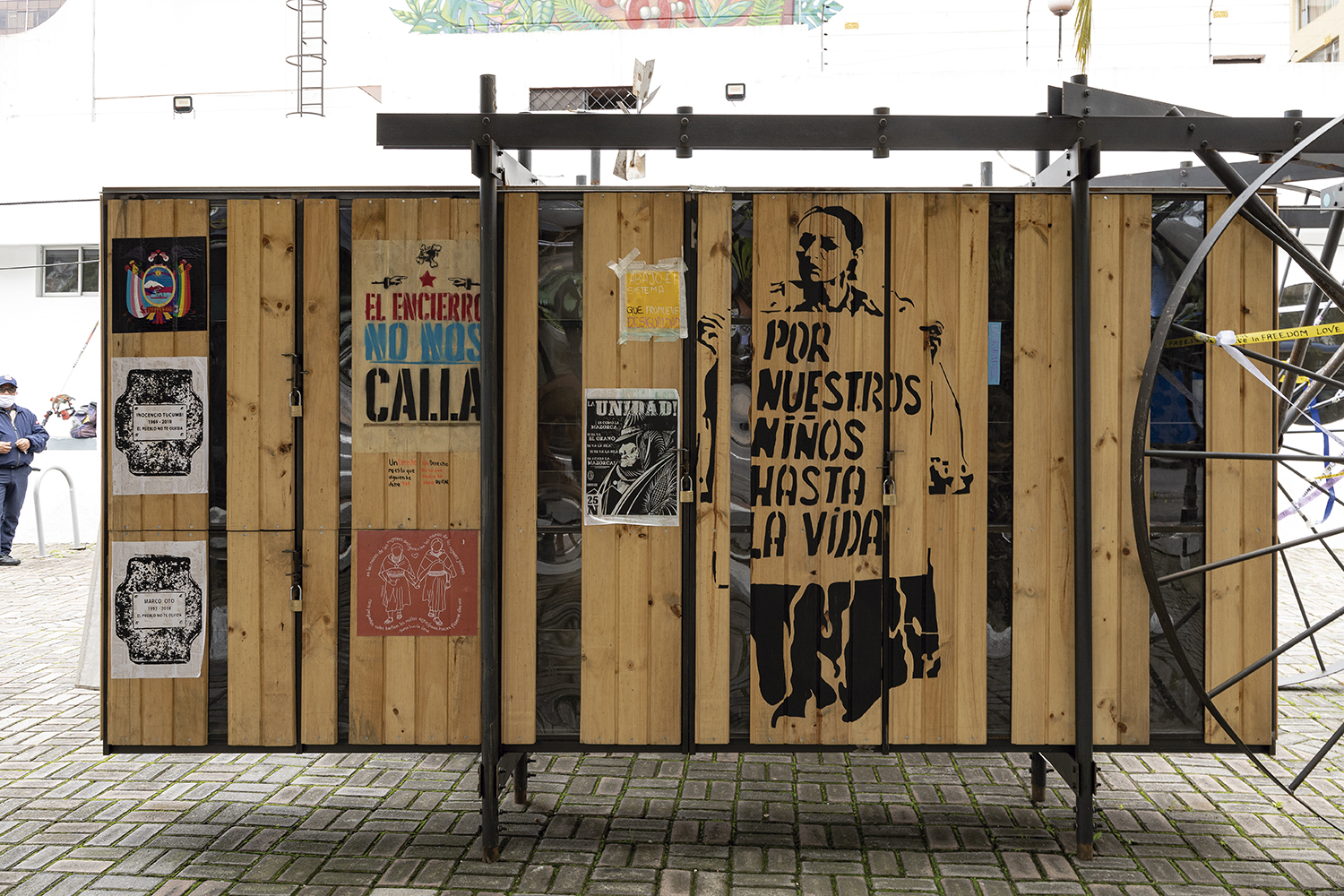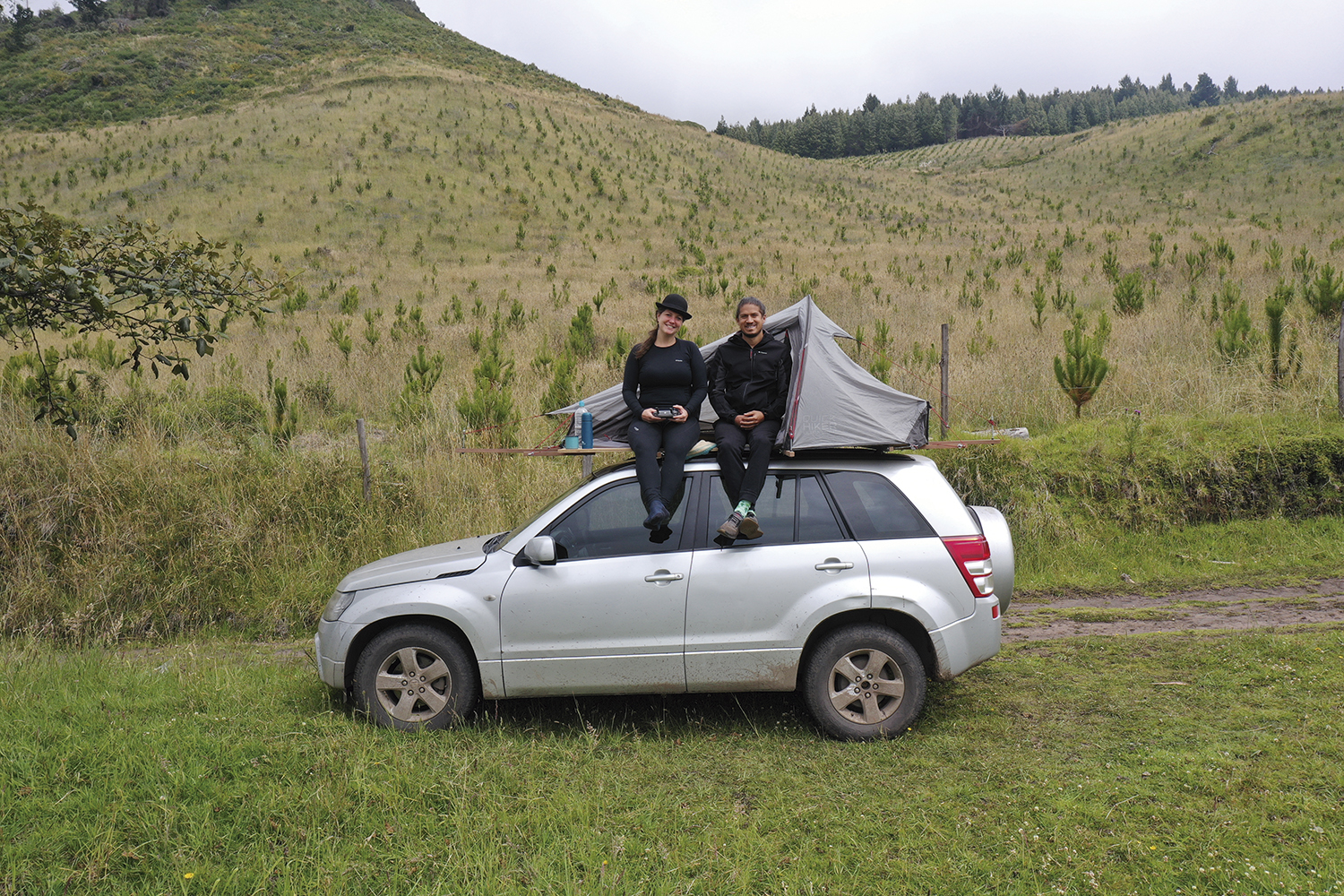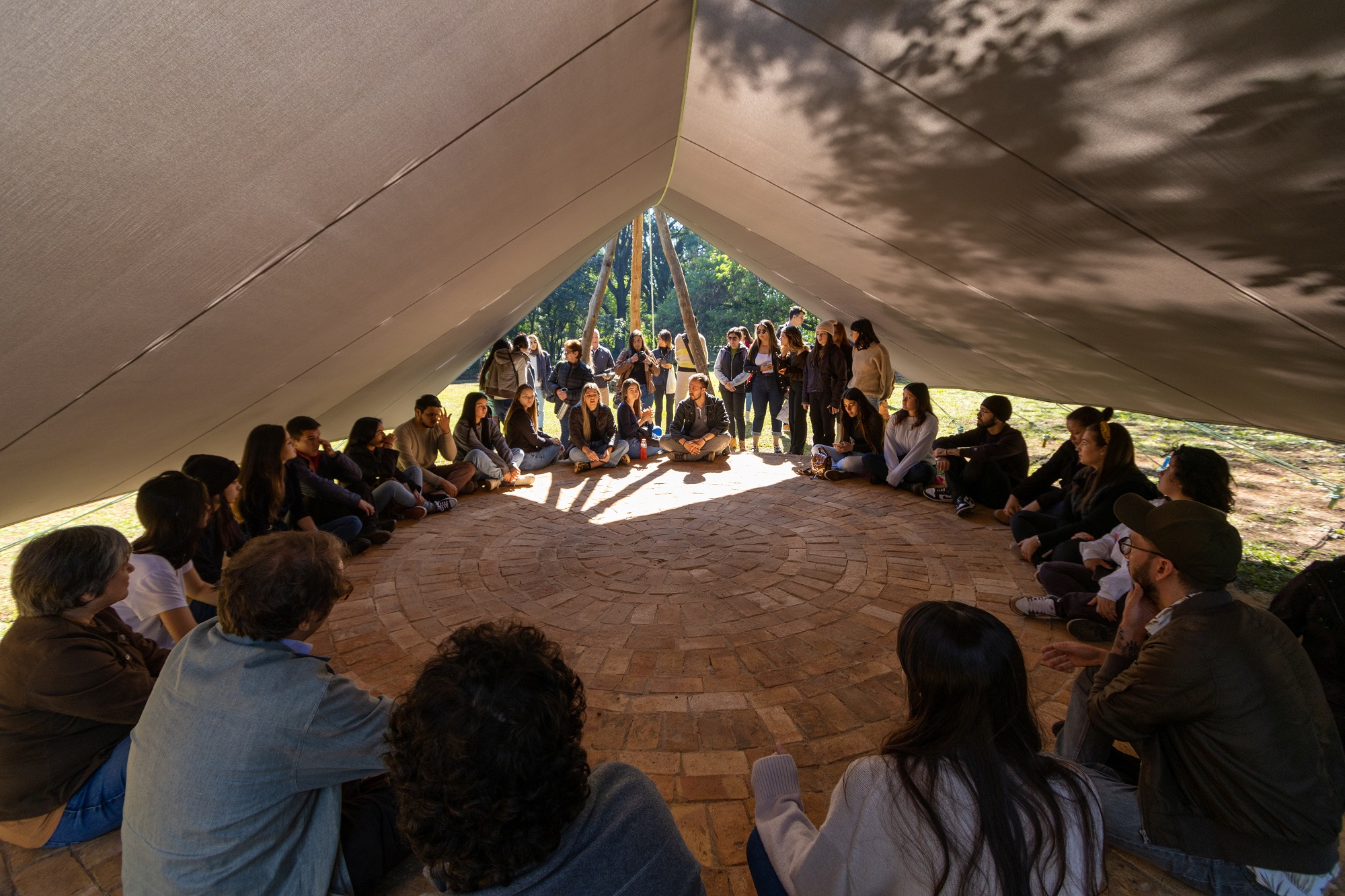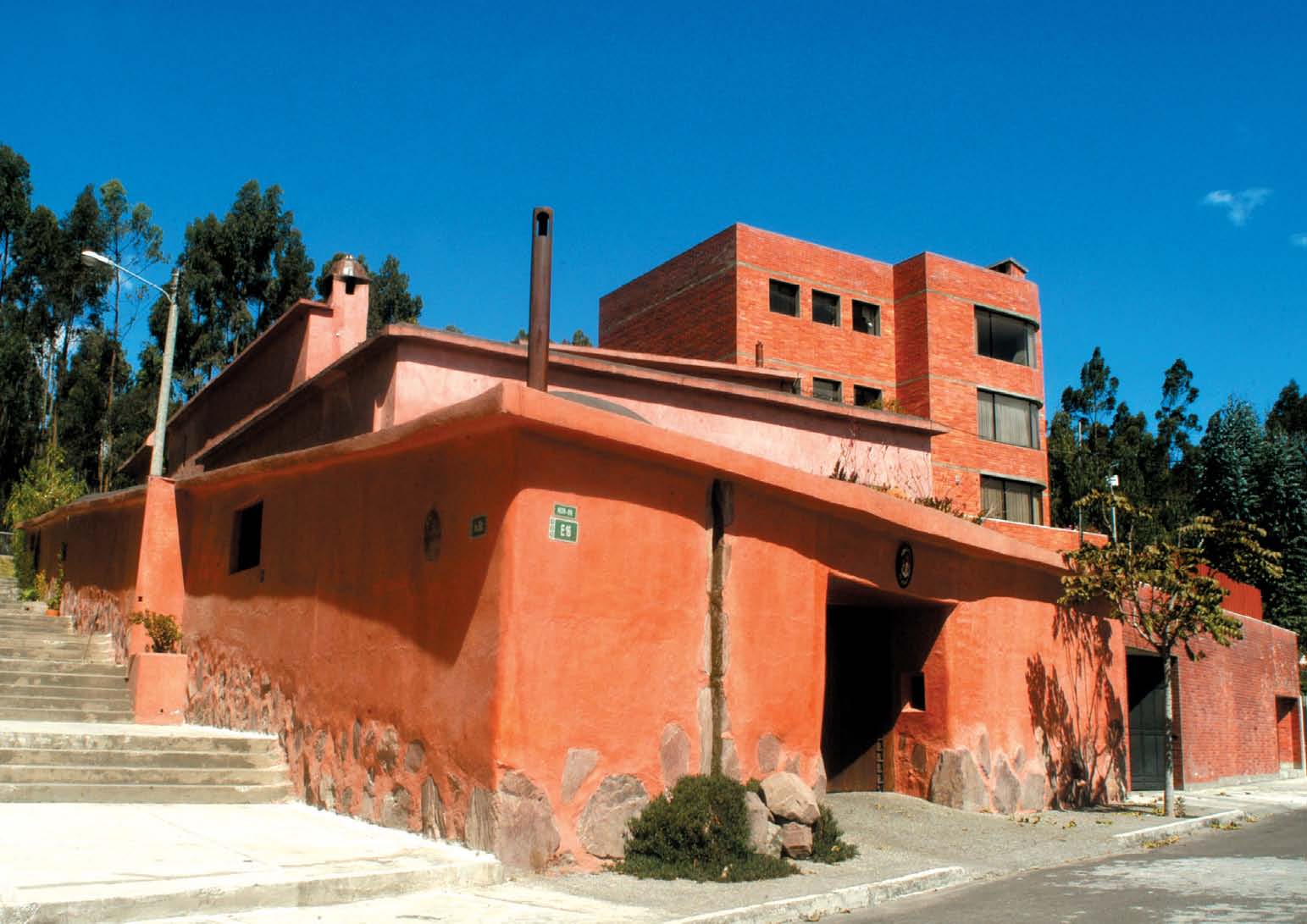DIADIA Arquitectura
Carmen Omonte and Michele Albanelli
Lima, Perú
DIADIA Arquitectura La Cabina de la Curiosidad Lunárquicos
EXTRAMUROS
past
Lima, Bogotá, Quito
2023—I
05/01/2023 — 07/31/2023
Formative projects conceived as devices for collective making and learning. To be developed in popular neighborhoods of Lima, Bogota, and Quito, under the curatorial coordination of Javier Vera Cubas. Extramuros — Outside the Walls is a proposal to develop action-research based processes for the of physical and symbolic opening of educational facilities in public spaces.
The participating architects and artists will work hand in hand in collaboration with children, teachers, and neighbors. Each will work in their respective context on a different scale, trying to understand and dissolve the rigid walls that separate the school from the street and the territory.
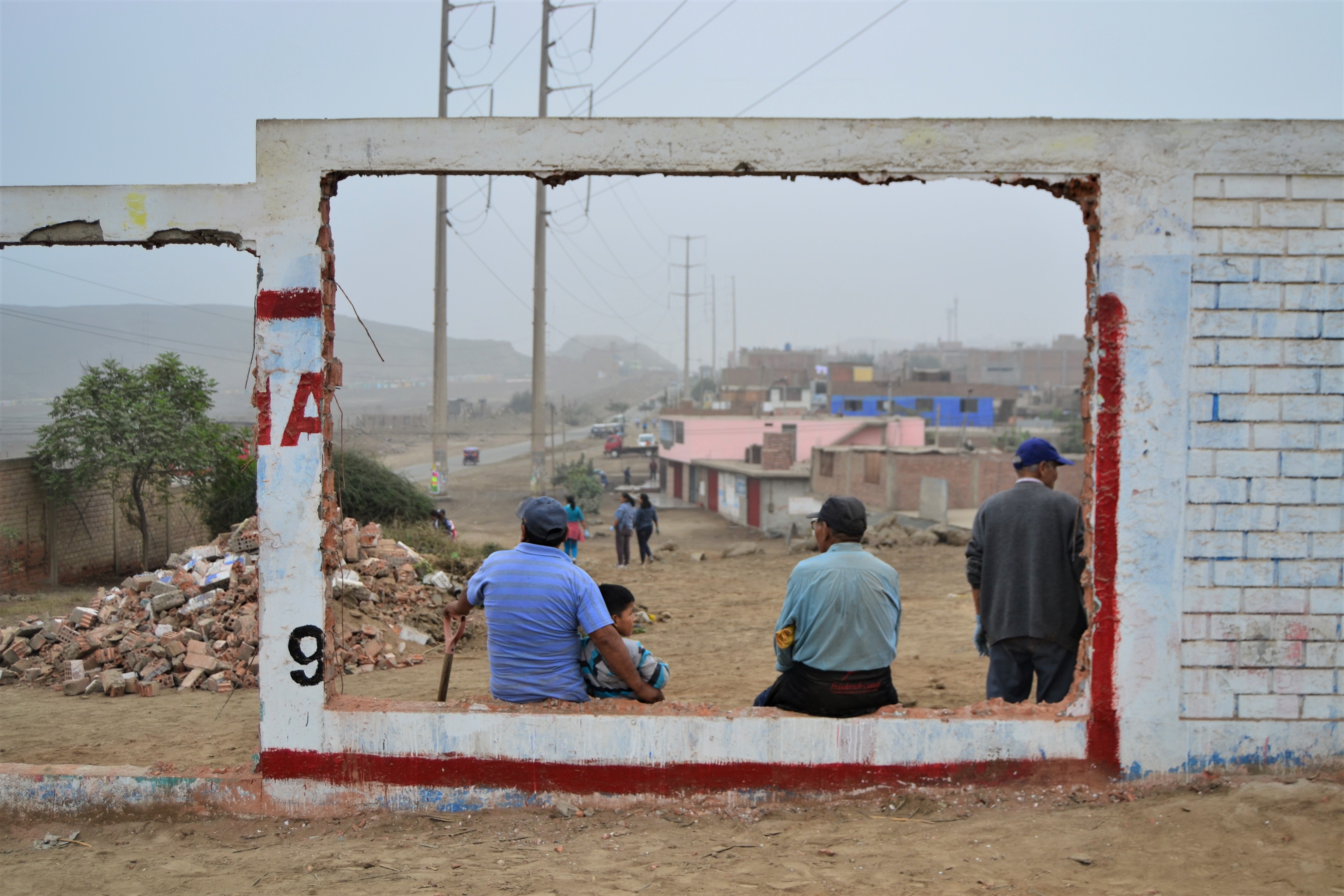
We live in fragmented spaces that reproduce the social fragmentation that has caused them. The generalized distrust of "the other" manifests itself in a growing and excessive fear of the street—the place of difference, (non)concurrence, and freedom. Territorial management operates from closed enclosures and far from the reality it intends to transform, in an attempt to control daily dynamics that it seldom understands and values.
The most powerful symbol of this socio-spatial problem is the wall—whether physical or virtual—that divides neighborhoods or "protects" infrastructures, often appearing where everything/everyone should be together, preventing us from crossing it with our feet or our heads. Perhaps the most dramatic wall is the one that isolates public schools, the place where we should learn to think beyond the walls that today's society imposes on us.
How is each of these architectures of confinement produced? What typologies can we find? How do they impact children, their streets, and their neighborhoods? How can we breed conditions for their dissolution? From what place, with whom, and with what tools should we work?
In Lima, we will work on a neighborhood scale, with a school in precarious conditions inside a blind perimeter wall. It is located in a popular neighborhood where an urban regeneration project aimed at producing playful, safe, healthy, and educating public spaces is underway. In Bogota, supported by the pedagogical work of kindergarten teachers, we will operate on a metropolitan scale with a school in good physical conditions. It is surrounded by a security fence inside a public university, which in turn is fenced with a wall and surrounded by a high traffic road (a third concentric wall). And in Quito, supported by an environmental protection project, we will engage on a territorial scale, with a series of educational institutions that are located in a natural landscape from which they are disconnected.
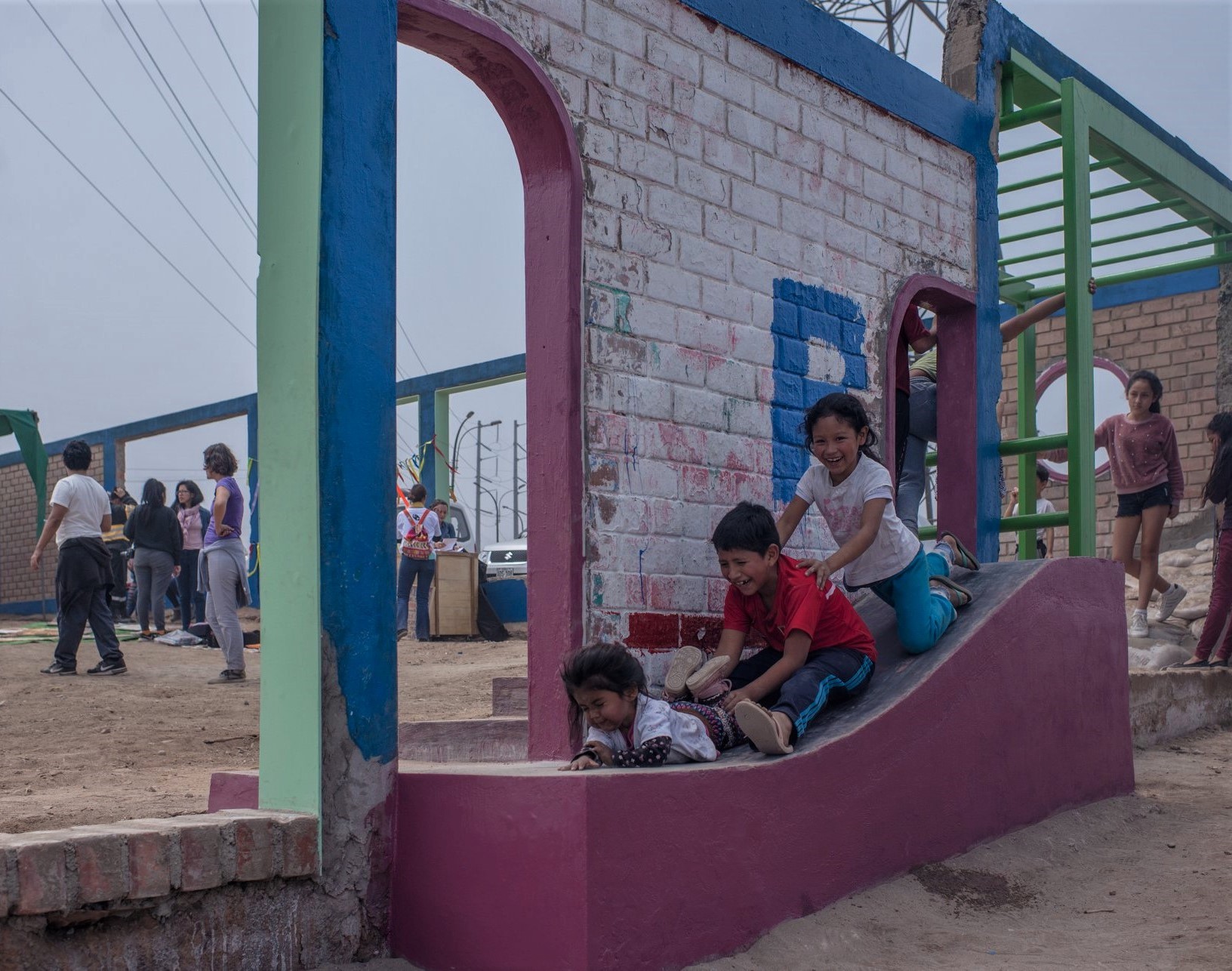


Making architecture is not only about building walls but also about dissolving them (physically, mentally, socially). Where there is a wall that encloses or separates us, there can be a space that frees us and brings us together.
AAAAAA Año Nuevo, la Escuela Libertad
Action-research on the sensorial, physical, and imagined relationship between the body, the school, and the neighborhood. The design project will function as a mediator and provocation that conveys patterns and ways of embodying and inhabiting the space, which are explicit or latent in the learning context. What is a classroom made of? How do we imagine, from our body, our relationship with the classroom? The project seeks to leave open the possibility for ways of learning that are strongly linked to collective imagination and practices on common imaginary futures, relying on the participation of the body as a critical sensitive ally for the spatial practices of the future.




Colegio IPARM
Lunárquicos
Jorge Raedó and Fabiola Uribe
Bogotá, Colombia
An exercise in reflection and experimentation on ‘boundaries’: of a body, a community, a space, or an institution—namely, of a school. First-grade pupils (6-7 years old) of the IPARM school—located inside the campus of the National University of Colombia in Bogota—will work with their teacher Carolina Camelo. They will explore the notion of ‘boundary’ as 1) a concept, 2) materiality, 3) a collective symbol, and 4) a sign that functions as and defines the urban scenario.
The project intertwines pedagogy with architecture and art in a participatory art process where students investigate separations, differences, otherness, distances, perspectives, the us and the you, everyone and no one. The boundary of the educational facility is an inviting porous line, a soothing communicating vessel, a frontier between the world that is and the world that will be. The project ends with the inaugural event of the installation, which will be designed by the students.
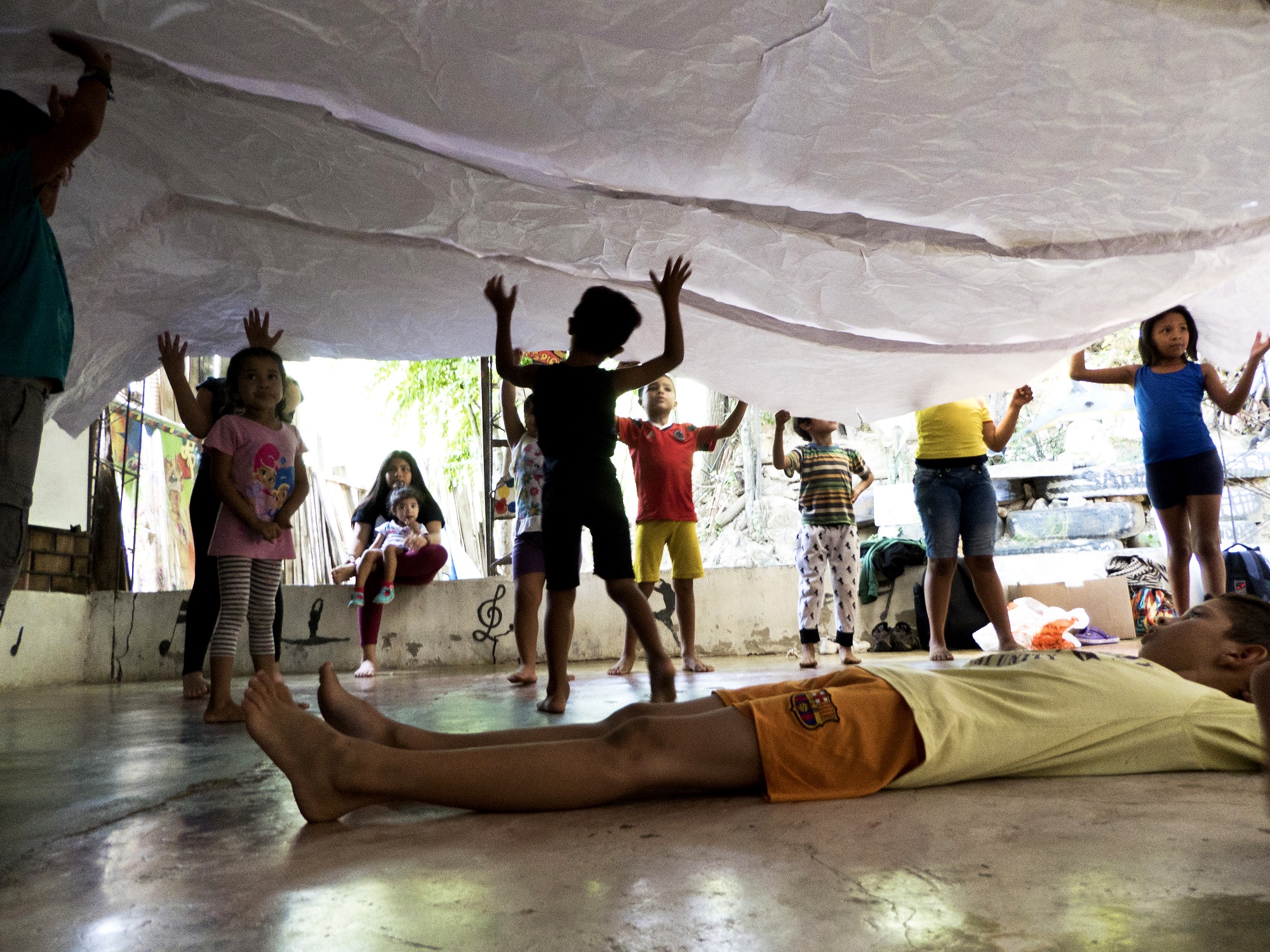



La Quebrada de El Tejar
La Cabina de la Curiosidad
Marie Combette and Daniel Moreno Flores
Quito, Ecuador
90% of the streams in the city of Quito have been destroyed; many have been turned into streets, eliminating all trace of their existence. However, there are a few examples of good practices regarding these spaces in the city. Among them is the Wayku project in El Tejar Creek, which runs through the neighborhood of El Tejar, in the historic center of Quito. The project has the goal of raising awareness about the value of these ecosystems to promote their valorization and recovery. In collaboration with this neighborhood’s community and their children, we will carry out tours along the stream and workshops. Through these activities, we aim to strengthen the bonds with the place we inhabit and define citizen actions regarding these issues.
Together, we will take over the public space, seeking to expand the knowledge of the richness of the streams that run through our lands. They are treasures of the Andes, where unique native flora and fauna live.
